
Eerie ghost towns, villages abandoned after shocking massacres, the palaces of deposed dictators and mansions so well preserved they’re like 1950s time capsules are among the Middle East’s abandoned treasures. The Cradle of Civilization and the areas that lie just outside of it contain some of humanity’s oldest structures, and a great many ruins.
1. The Abandoned Palaces of Egypt
Images via: wikimedia commons, dalbera, eusuperfunhappytime
In 1869, construction of the Suez Canal brought foreign money flooding into Egypt, and ambitious foreign businessmen got to work on ornate castles in Western European style, which stood as stark symbols of colonialism. But when Gamal Abdel Nasser became president in 1956, he put an end to that, kicking out the wealthy foreigners to reclaim the nation for the people. Unfortunately, economic instability hasn’t allowed for the palaces to be redeveloped, so today they range from shuttered time capsules of the 1950s to crumbling ruins.
The Baron Empain Palace (top), built by Eduoard Louis Joseph of Belgium in the late nineteenth to early 20th centuries, is one such place. Modelled on Hindu and Cambodian temples, the palace sits in a dirt lot in the Cairo suburb of Heliopolis, surrounded by barbed wire. It’s closed to the public, but like many such places, it’s the subject of many rumours of ghost stories and Satanic rituals.
Another is Prince Said Halim’s palace, also known as Champollion House, in Cairo. This palace was converted to a secondary school after its abandonment, but it has been empty since 2004.
2. Maasser el Chouf, Lebanon
Images via: samer noun
Located in lush woods just outside the peaceful Al-Shouf Cedar Reserve of Lebanon’s Maasser Cedar Forest, this idyllic village was utterly devastated by the massacre of September 9th, 1983. The houses that remain empty belonged to those who perished or fled to safer places when 63 Catholics were killed by their Druze neighbours in a brutal daytime assault. Years later, in 1990, a son left orphaned by the attack returned and killed five Druze villagers and three soldiers in revenge. Some of the homes are still occupied by those who survived.
Photographer Samer Noun gained access to the abandoned homes in 2011, capturing these eerie images of the architectural remains.
3. Saddam Hussein’s Abandoned Palaces, Iraq
The Babylonian palaces of Saddam Hussein once stood as ostentatious symbols of the Iraqi dictator’s power, hastily constructed all over the country. Once he was forced from power, these ornate palaces full of treasures were either taken over by US Army forces or looted by locals. These photos by Richard Mosse document the period in which American soldiers stalked the marble halls, strung up American flags in what were once exclusive chambers and parked their massive military vehicles right in front of the faux-grand entrances. Many of the palaces are deteriorating, and not just because of war damage; they were so cheaply made that they simply haven’t stood up to the test of time.
Eerie ghost towns, villages abandoned after shocking massacres, the palaces of deposed dictators and mansions so well preserved they’re like 1950s time capsules are among the Middle East’s abandoned treasures. The Cradle of Civilization and the areas that lie just outside of it contain some of humanity’s oldest structures, and a great many ruins.
4. Abandoned Jewish Village of Beit Baws, Yemen
Images via: global voices online
During ‘Operation Magic Carpet’ in the 1940s, many Yemeni Jews escaped their small rural villages for the safety of Israel, leaving their communities behind. Beit Baws is one such community.
Perched on a difficult-to-access, yet stunningly beautiful rocky outcrop near Sana’a, this village appears to be a part of the mountain itself. While it looks like a ghost town from the outside, and most of it is indeed empty, a few families remain. See more photos at SabaPaindo.
5. Abandoned Village of Kharanaq, Iran
Images via: martijn.munneke, orlygur hnefill, reibai 1 + 2
The mud village of Kharanaq, Iran has been occupied in some form for 4,000 years, but today, very few people remain. The town centre is mostly in ruins, yet take a (somewhat dangerous) tour through its ancient inner passages and you’ll find a few warm and cosy occupied homes in between structures that have fallen down. The village, located outside Yazd, features a Qajar-era mosque and a 17th-century shaking minaret.
6. Quneitra Ruins, Syria
Images via: wikimedia commons, watchsmart 1 + 2
Founded in the Ottoman era as a way station on the caravan route to Damascus, Quneitra eventually became home to about 20,000 people. Given its location near the ceasefire line with Israel, the town was quickly caught up in conflicts between the two nations, and it came under Israeli control in 1967 during the last day of the Six-Day War.
The city was almost entirely destroyed by June 1974, and has remained abandoned but for a handful of families ever since. The Syrian government discourages settlement in the area, and has refused to rebuild the city.
7. Sap Bani Khamis Ghost Town, Oman
Images via: wikimedia commons
This steep mountain village in Oman near the city of Al Hamra is made of dry stacked stone, with some structures dating back to Troglodyte civilizations.
The location was well protected by its rocky location, and had a good water supply as well as an ideal growing spot for pomegranates and olive trees. Fifteen families lived in the village until the mid-1970s, when Sultan Qaboos began relocating rural villagers to more modern cities.
Related Posts:
1. 7 Abandoned Wonders of Commercial & Industrial Architecture
2. 7 Abandoned Wonders of Institutional Architecture
3. 7 Abandoned Wonders of Residential Architecture
4. 7 Destroyed Architectural Wonders of the Modern World
5. 7 Monumental Abandoned Wonders of Military Architecture
6. 9 of the Most Fascinating Abandoned Mansions from Around the World
1. 7 Abandoned Wonders of Commercial & Industrial Architecture
2. 7 Abandoned Wonders of Institutional Architecture
3. 7 Abandoned Wonders of Residential Architecture
4. 7 Destroyed Architectural Wonders of the Modern World
5. 7 Monumental Abandoned Wonders of Military Architecture
6. 9 of the Most Fascinating Abandoned Mansions from Around the World
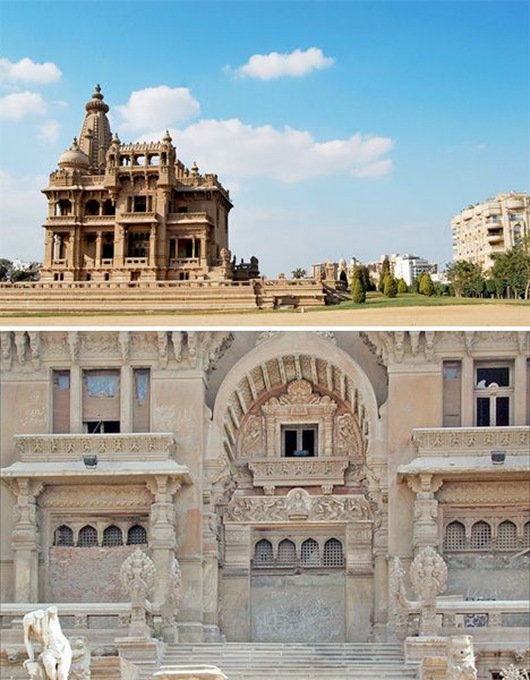
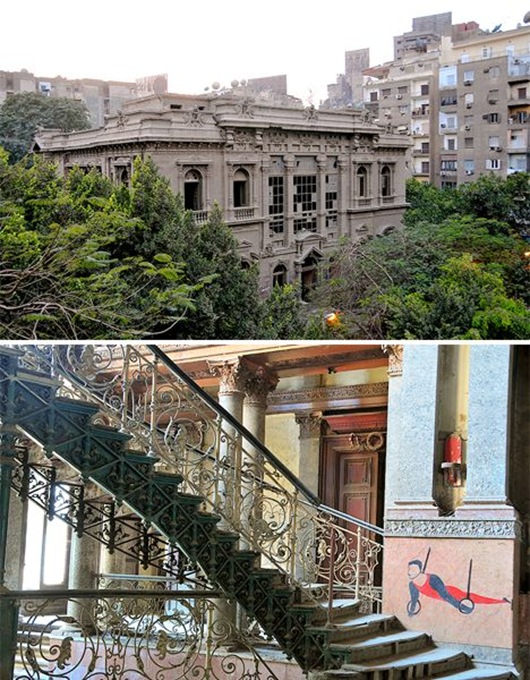
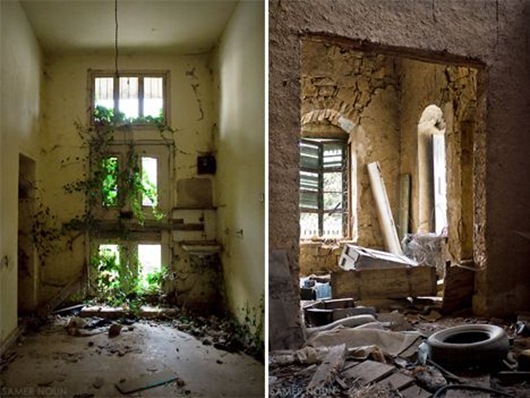

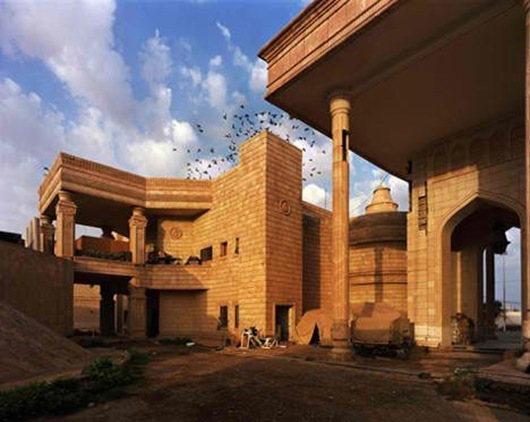
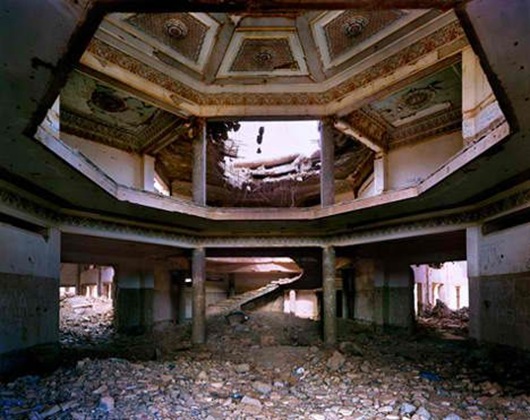
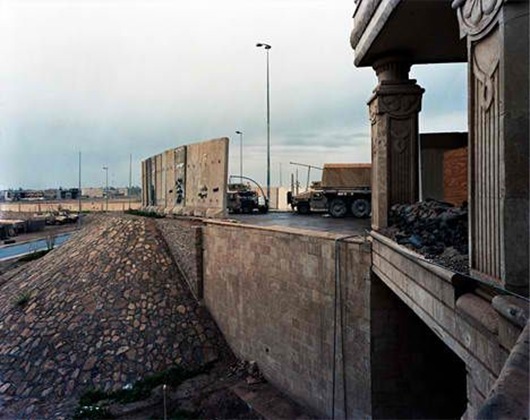

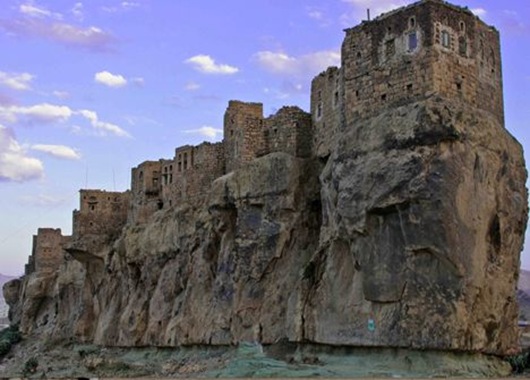


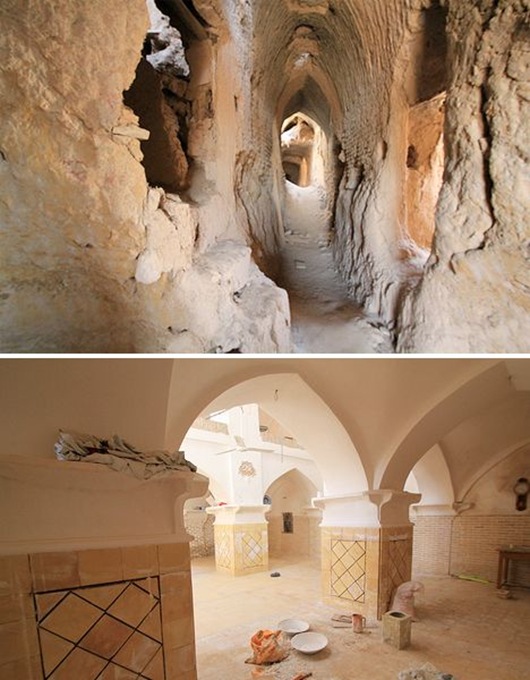
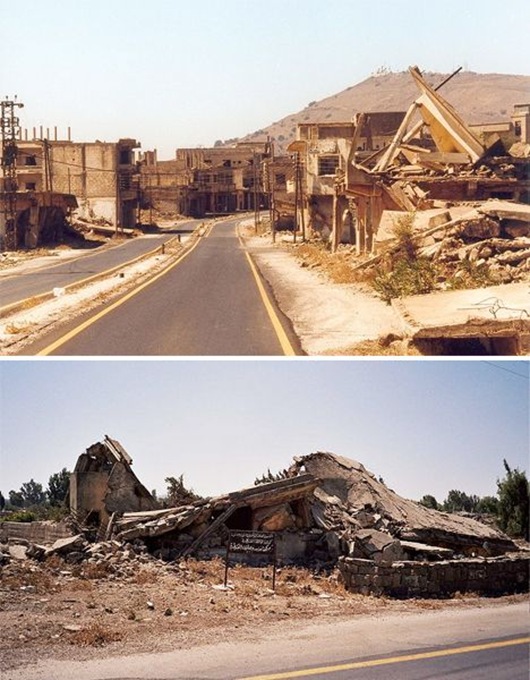
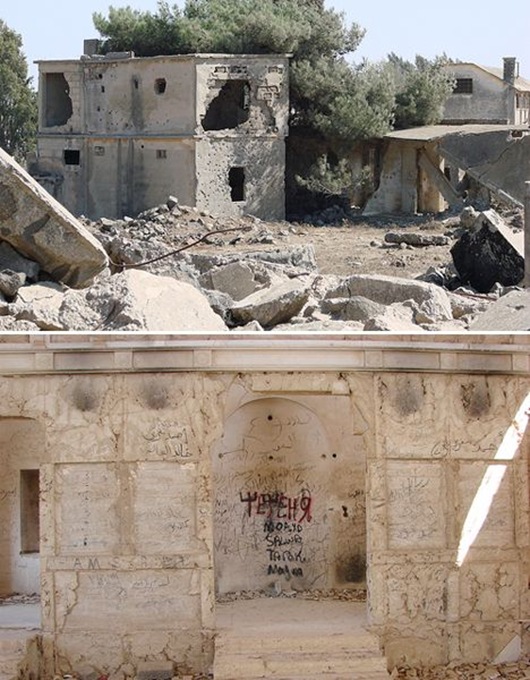
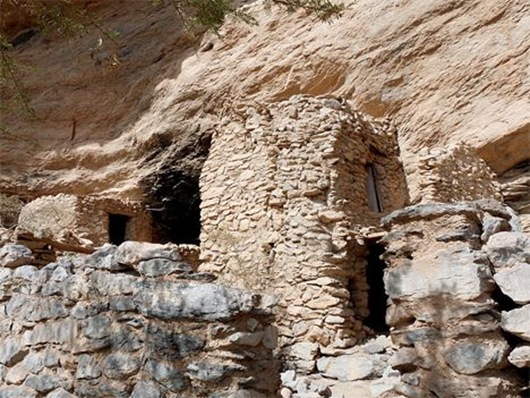
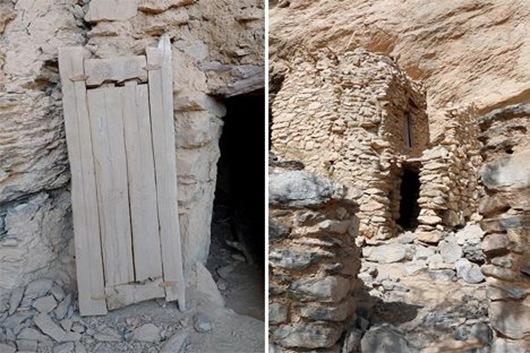
No comments:
Post a Comment
Please adhere to proper blog etiquette when posting your comments. This blog owner will exercise his absolution discretion in allowing or rejecting any comments that are deemed seditious, defamatory, libelous, racist, vulgar, insulting, and other remarks that exhibit similar characteristics. If you insist on using anonymous comments, please write your name or other IDs at the end of your message.